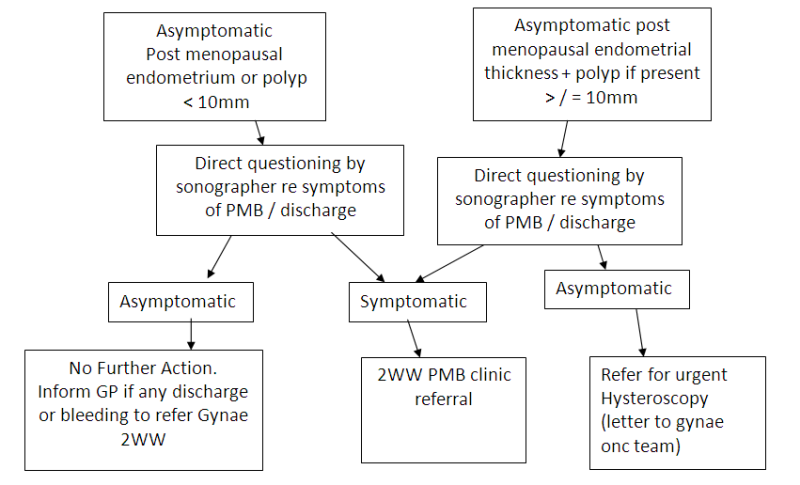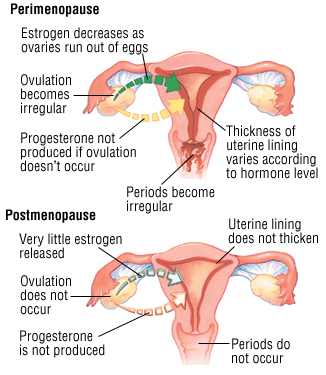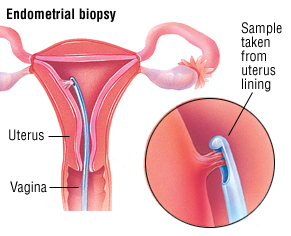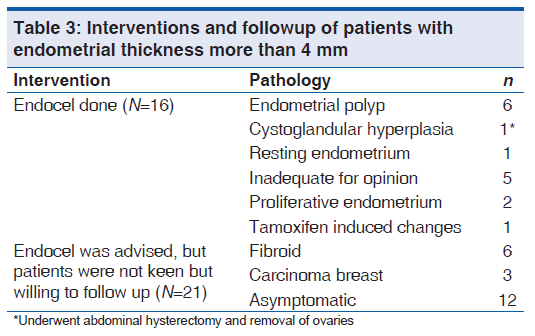
Endometrial Thickening
Endometrial Hyperplasia Causes Symptoms Treatment

Pin On Cancer

Confirmation may be done using endometrial biopsy.
Thickening of the womb lining after menopause no bleeding. There are four types of endometrial hyperplasia. If you are truly postmenopausal and not on. The endometrium is the lining of the uterus. This is because the thickness varies during your monthly cycle.
Endometrium thickening may cause bleeding after menopause but even without bleeding the possibility of endometrial cancer cannot be ruled out. So if the scan picks up a thicker lining your doctor will arrange further tests. A thickness under 5 mm does not exclude cancer however. Each month as part of the menstrual.
This is the layer of cells that line the inside of your uterus. When your endometrium thickens it can lead to unusual bleeding. This condition is benign and in most cases doesn t cause any pain. If there is no vaginal bleeding then thicker cut offs have been proposed where the risk for cancer increases.
Endometrial hyperplasia refers to the thickening of the endometrium. The thickness of the endometrium stabilizes after you reach menopause. After your menopause the lining of the womb is normally very thin under 3 4 mm. Endometrial thickness must be evaluated together with endometrial morphology as well as risk factors for malignancy when considering endometrial sampling.
A thickened endometrium in a post menopausal patient can be due to a variety of causes. If you are still having periods it is harder to determine if the lining of the womb is normal. If you re close to reaching menopause but still have occasional vaginal bleeding the average stripe is less than 5 mm thick. The most concerning is cancer which can appear as thickening of the lining or a mass.
However it can go undetected and. In postmenopausal women the lining of the uterus known as the endometrium or uterine lining should really be no thicker than 4 to 5 millimeters. It is one of the few organs in the human body that changes in size every month throughout a person s fertile years.
Related topic:
Pin On Physical Therapy

Pin On Health

Pin On Women

Thin Uterine Lining Causes And Treatments Ivf1

Dysfunctional Uterine Bleeding Harvard Health

Management Of Endometrial Hyperplasia As Evidenced By Endometrial Biopsy No Atypia Progest Endometrial Hyperplasia Endometrial Biopsy Endometrial Ablation

Pin On Adenomyosis Awareness

Pin On Menopause Cures Lol

Factors Influencing Endometrial Thickness In Postmenopausal Wome

Pin On Health

Menopause And Perimenopause Harvard Health

Pin On Pregnancy 2

Pin On Advanced Pathophysiology

The Thin Red Line Postmenopausal Abnormal Uterine Bleeding With Endometrial Thickness Less Than 4 Mm Abstract Europe Pmc

Infographics Fibroids Heavy Menstrual Bleeding Menstrual Bleeding

Pin On Best Ivf Center In India

Pin On Women S Education

Adenomyosis Symptoms Diagnosis Treatments Everyday Health Endometriosis Cancer Uterus Endometriosis Treatment
It is one of the few organs in the human body that changes in size every month throughout a person s fertile years. In postmenopausal women the lining of the uterus known as the endometrium or uterine lining should really be no thicker than 4 to 5 millimeters. However it can go undetected and.

